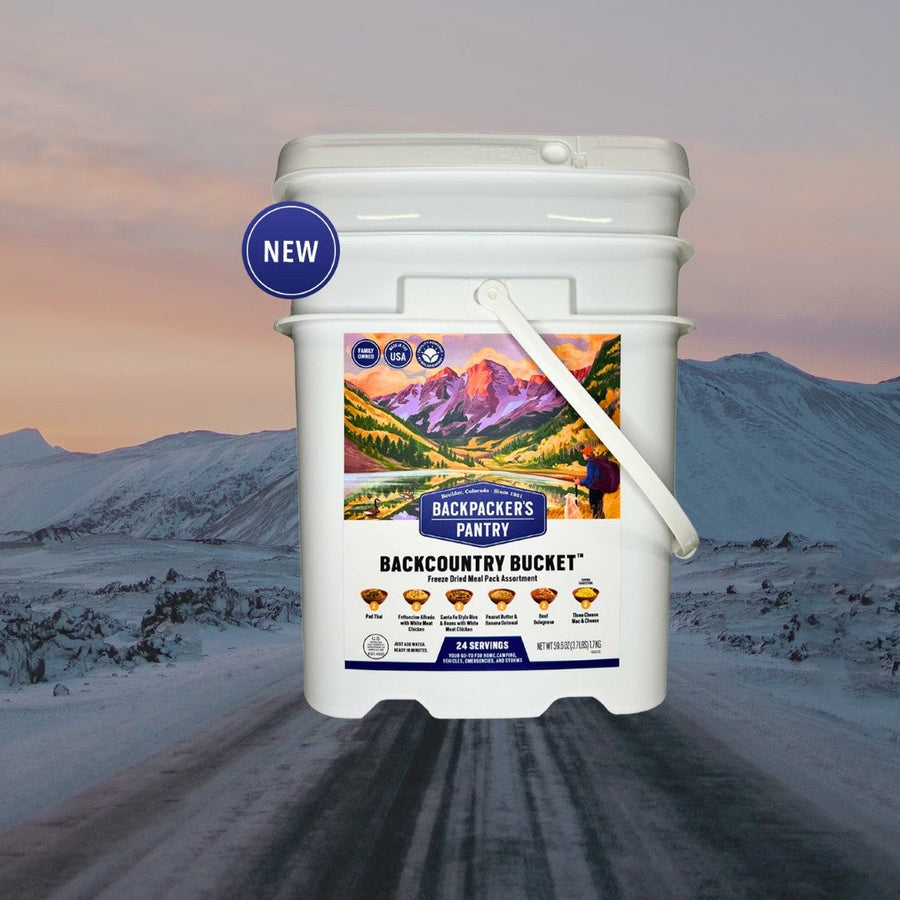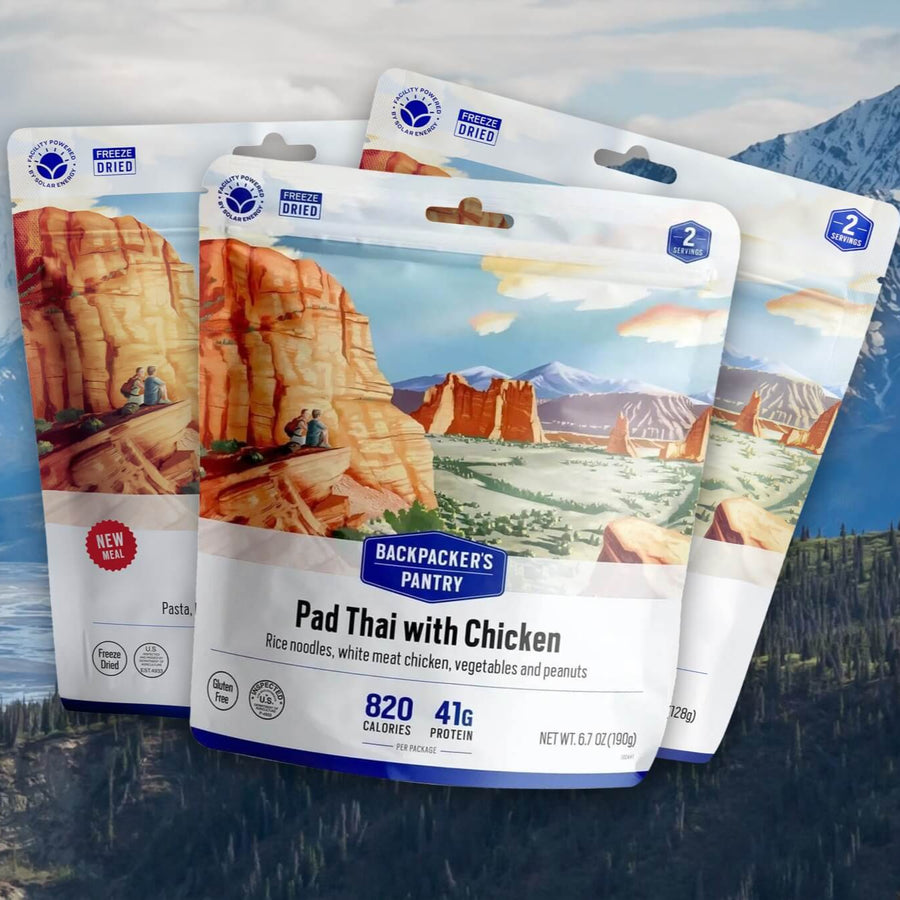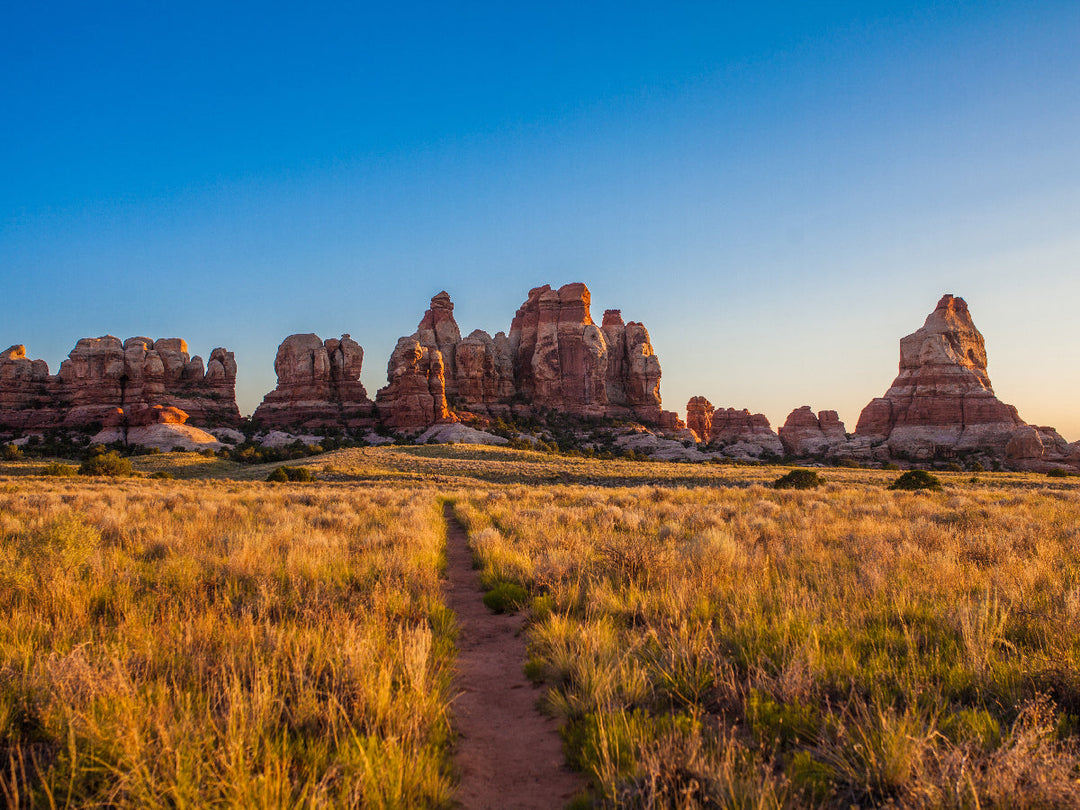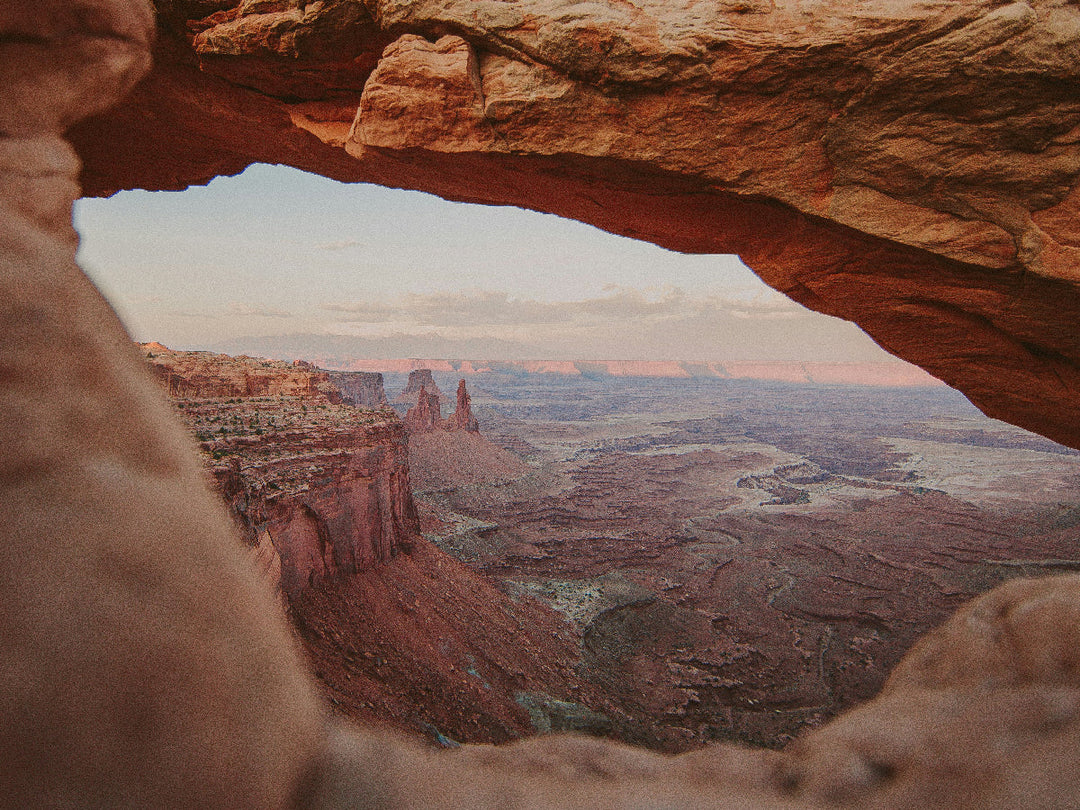Whose Poop Is That? What Does Bear Poop Look Like + Other WIld Animals

Communing with nature is a wonderful thing. From a chance encounter with a foraging creature to a brisk dip in an alpine lake, all outdoor adventures—even the messy ones—are filled with majestic tranquility. Such outings calm our nerves and serve to remind us of just how different (and easy) our lives are in comparison with the wild animals we encounter along the way. But one thing we all have in common? Poop. As we venture into the outdoors, it can be useful to have an understanding of the various poops, scats, and droppings we’ll find along the way. Such indicators can teach us about the habitats we’re in and what creatures we might encounter along the way.
Some animals, like deer, are harmless, but others, such as bears, coyotes, and cougars, can pose a potential hazard if we don’t take proper precautions. That said, having a basic understanding of what these animals consume and how to identify their droppings can help us travel more safely in the outdoors and be better stewards to these cherished environments.
What Can You Learn From Animal Poop in the Wild?
We consulted with Kurt Hellmann, who is the Wildlife Recreation Coexistence Senior Coordinator at Conservation Northwest to learn more. Kurt explained, “Animal signs (scat, tracks, or otherwise) tell us that humans aren't the only ones that use trails. Our favorite recreation areas are used regularly by critters—big and small—and it's important to be prepared for wildlife encounters, as well as recreating with minimal impact on their habitat. And thinking bigger picture, scat can remind us that public lands are more than just our playgrounds—they are radically alive ecosystems that are important for you and me to protect!” In fact, these reminders of of nature are just like living museums as Hellmann puts it, “You'll also see a great visual display of an ecosystem at work—a pile is a great food chain exhibit in the museum that is NEATure. For instance, you might find berries or seeds in bear poop or the fur of a small critter in a pile left by a carnivore. The food web works in fascinating ways—take a moment to observe it!” So, without further ado, we’ll dig into the world of scat identification.
What Do Bears Eat?
First, we need to start with where the poop comes from. So, what do bears eat? It depends on the type of bear and what’s prevalent in their habitat. Scavengers and foragers at heart, these animals are opportunistic in their feeding patterns and will rarely pass up a good meal—even if that means roadkill or stealing another animal’s dinner.
With bodies that can reach 300-600 lbs (black bears) and 400-1200 lbs (brown bears), bears have quite an appetite and an extremely high caloric demand.
As omnivores, a bear’s diet consists (for the most part) of plants, berries, fish and insects—and the occasional backpacker’s food stash if improperly stored overnight. Plus, most bears hibernate for multiple months of the year, further driving up their caloric needs.
Larger species, like Grizzlies, will actively hunt and prey on hoofed animals, like deer, elk and moose. But again, both black and brown bears are opportunistic and will gorge themselves on whatever is available, be it spawning salmon, fields of huckleberries, or an elk calf that was separated from its herd. If it provides calories, it’s on the menu.

What Does Bear Poop Look Like?
Similar to human excrement, bear poop quality and consistency is dependent on what the bear’s been eating. Food stocks with a higher level of fiber, like plants, will produce a more solid consistency of feces. That said, a bear’s diet is greatly dependent on the season.
The spring brings a steady diet of grasses and bugs—thus their fecal matter during these months is more tubular and solid, with grass still visible similar to a horse’s stool. Summer and fall is berry and fruit season, so their excrement is reliably looser and comes in large, loose, ploppy piles dotted with berry seeds and colors.
In the case of brown bears, poop may also contain partially undigested animal remains and fish bones left over from recent meals.
Due to their omnivorous nature, bear droppings on average contain a much higher percentage of foliage than other purely carnivorous species, making it often more firm and defined.
Black Bear: Dirty Details
- Size: (Solid) 1.5-2.5in width, 5-12in length / (loose) wet mound 6-15in across
- Color: Black, mild brown
- Shape: tubular if solid, wet mound if loose
- Smell: Fermented version of diet, fouler if predominantly meat

Brown (Grizzly) Bear: Dirty Details
- Size: (solid) 2-4in diameter, 5-12in length / (loose) wet mound 6-15in across
- Color: brown and black
- Shape: tubular if solid, wet mound if loose
- Smell: Dependent on diet (pepper, fruity, foul)

How To Tell How Fresh Bear (Or Other Wild Animal) Poop Is?
You can tell a lot about an animal—bears included—by taking a close look (not too close) at their droppings. In the case of black/brown bears and other wildlife, you can deem a poop pile to be fresh if it’s wet, steamy and warm—but maybe hold off on handling fecal matter while doing a freshness check.
Whether a solid or loose stool, if a pile of bear droppings appears wet and steamy, it’s a strong indicator that the poop was recently deposited and, to your potential detriment, the bear is likely still nearby. This is not cause for immediate alarm, but be sure to move along (without running) and put as much distance as possible between you and the poopetrator.
Conversely, if a pile of bear droppings appears dry and stale, this means that the poop is fairly old and the bear in question has most likely moved away from the area or at the very least is not active in the immediate vicinity. That said, it also means that you’re in a bear’s range of movement and it’s highly advised to use best practices—traveling in groups, proper food storage, etc.
What To Do If You Encounter a Bear?
Encountering a bear in the wild can be a scary situation. Most often, you’ll be able to walk away without incident, but your best response will depend on whether you’re face-to-face with a black bear or a brown bear. In general, there are some best practices, like NEVER running, we’ve put a few of these suggestions and guidelines below. For an official and comprehensive overview, consult with public lands managers in your areas, like the National Park Service.
If you encounter a black bear in the wild:
- Do not run
- Back away slowly, facing the bear
- Get big: wave arms, yell, whistle or hold branches/backpack above your head to gain stature
- Avoid direct eye contact
- Leash your pet
- Do not come between a momma bear and its cubs
- If attacked, fight back
If you encounter a brown (Grizzly) bear in the wild:
- Again, DO NOT RUN
- Avoid eye contact
- Walk away slowly
- Make yourself look big
- Prepare your bear spray for use (as a last resort)
- Stand your ground if you are charged (you can’t outrun them)
- If attacked, lay face down and play dead
It goes without saying, but never handle bear droppings or wildlife poop under any circumstance.
What Does Other Wild Animal Poop Look Like?
The need to excrete is what unites all animals. Whether you’re a plucky fish, or a scrappy beaver, the duty to doody is real for all living creatures. We’ve discussed the messier details of bear poop above, but what about some other common wildlife?
What Does Coyote Poop Look Like?
Coyotes are scavengers by nature and will consume almost any calories available, especially protein. Expect to find small bone fragments and hair, as well as grass, berries and nuts.
- Size: 3-5in long, .75-1.5in across
- Color: Dark brown, black
- Shape: Resembles twisted rope
- Smell: Musty

What Does Cougar Poop Look Like?
Cougars are almost exclusively carnivorous, with large poop piles being the norm. Their scat smells pungently strong of digested meat and will often contain small bone fragments and clumps of hair.
- Size: 5-12in long, 1-1.5in diameter per segment
- Color: Black, brown, grayish white
- Shape: Cylindrical and segmented with blunt ends (hairy wi/ bone fragments)
- Smell: Pungent and strong when fresh
What Does or Elk Deer Poop Look Like?
Deer and elk are entirely herbivorous and their poop reflects this. Their poop is composed of small, pellet-sized balls that are roughly the size of a raisin—and it’s almost entirely without smell.
- Size: Ovular raisin shape
- Color: dark brown, shiny black, greenish (depending on season)
- Shape: Small, pellet-sized balls
- Smell: Almost scentless

Remember to Poop Responsibly
As stated above, the need to poop is part of life. Gaining a perspective of how our wild friends live, consume, and excrete can better inform the way we travel in the outdoors and, hopefully, create a buffer between us and wildlife so we can peacefully coexist in our wild spaces.
Adhering to best practices is always paramount. Wilderness Ranger Corey Green explains, “When recreating in the backcountry backpackers should always be sure to use proper food storage methods. Oftentimes this is in the form of a hard-sided bear canister. Everything scented needs to go in your bear canister: all food dehydrated or not, cooking utensils, camp pot, trash, and even toiletries like toothpaste and sunscreen.
Hanging food is often difficult to do properly and still does not fully protect your food from rodents. Be sure to check with the area you're backpacking in ahead of time as many locations are above tree line and therefore do not have trees that are adequate for hanging food.”
And lastly, when it comes time for you to take a poop, find a good spot (preferably with a view), dig a hole at least 6-8 inches deep, and pack out any paper waste you might use along the way. If a wilderness area has a pack-out-your-waste policy, respect it and do your part to keep our wild places pristine and human-poop-free. These are general guidelines, always make sure to check the specific waste regulations for the area where you are recreating before heading out.
For additional education on Bear Essentials and how to recreated in bear country, head over the Washington’s National Park Fund blog here>.





